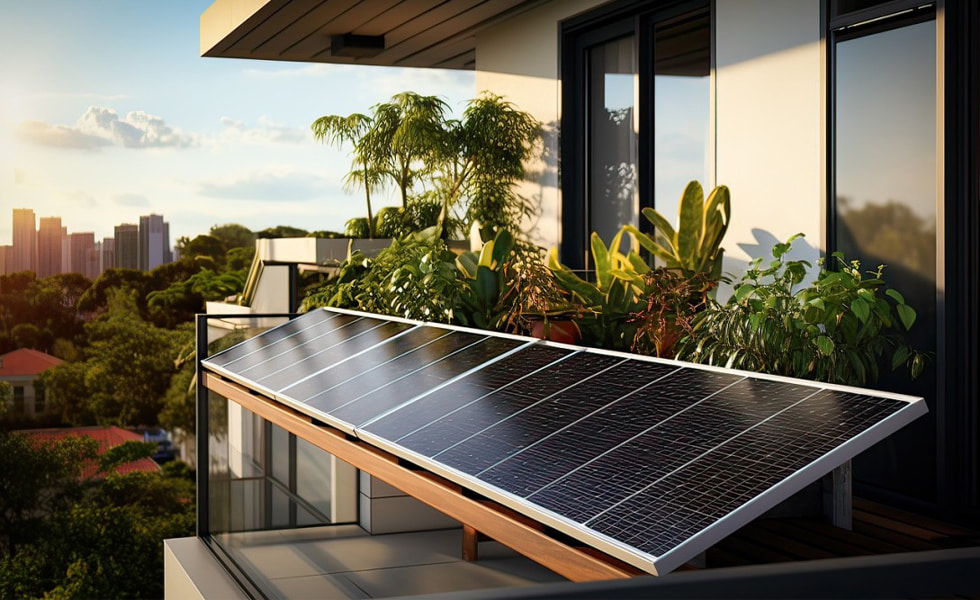
As the pace of development of the household photovoltaic system market gradually slows down, many dealers have begun to actively explore new business growth points, and the emerging field of balcony photovoltaics has entered everyone's field of vision. The domestic balcony photovoltaic market has received more and more attention and is showing an accelerated rise. So, what are the characteristics of this market?
Mainly commercial scenarios, with significant demand for high power
From some of the installed projects, the main application scenarios of domestic balcony photovoltaics are not residential apartments, but mainly commercial shops. Such places as roadside shops, printing shops, and small restaurants are particularly prominent in places with high-frequency electricity consumption and electricity consumption concentrated during the day. These scenarios use electricity continuously during the day, the electricity load is relatively stable, and the commercial electricity charges are generally high. The economic benefits of installing balcony photovoltaics are outstanding. In actual applications, balcony photovoltaic systems with only 2 solar panels are often difficult to meet their electricity needs, and higher-power systems have become the core demand. Larger systems can produce more electricity during peak hours during the day, directly reducing electricity bills and achieving rapid returns.
In addition, China has not yet issued special support policies and clear grid-connected specifications for balcony photovoltaics. It is particularly important to note that according to the existing power management regulations, if the electricity generated by the system is fed back to the grid without permission, there will be a risk of fines. This reality makes anti-backflow devices a necessity for domestic balcony photovoltaics, which can effectively prevent excess electricity from flowing into the grid and ensure the compliance of the system.
Overseas balcony photovoltaic applications are mature
Looking abroad, the application of balcony photovoltaics has become popular, and the practice of a large number of users has also verified its reliability and practicality. According to the latest estimate of the German Solar Industry Association based on the data of the Federal Network Agency, as of the end of June 2025, its balcony photovoltaic installations have exceeded the 1 million mark. From the beginning of 2025 to the end of April alone, about 135,000 sets were put into use, an increase of 36% over the same period last year.
In addition, many parts of Europe have also introduced balcony photovoltaic support policies. Austria passed an amendment to the Apartment Act, which made it clear that other members of the apartment owners' association may not refuse to install plug-in photovoltaic systems on balconies and terraces in principle; France introduced a "zero approval" policy to shorten the installation process to 7 days; Italy launched a "super subsidy" that allows users to get up to 110% of the installation cost back; the UK announced the lifting of the ban on plug-and-play balcony photovoltaic systems, allowing renters and apartment residents to install them independently. These policies have injected strong momentum into the popularization and development of balcony photovoltaics, and continue to help it accelerate in the European market.
